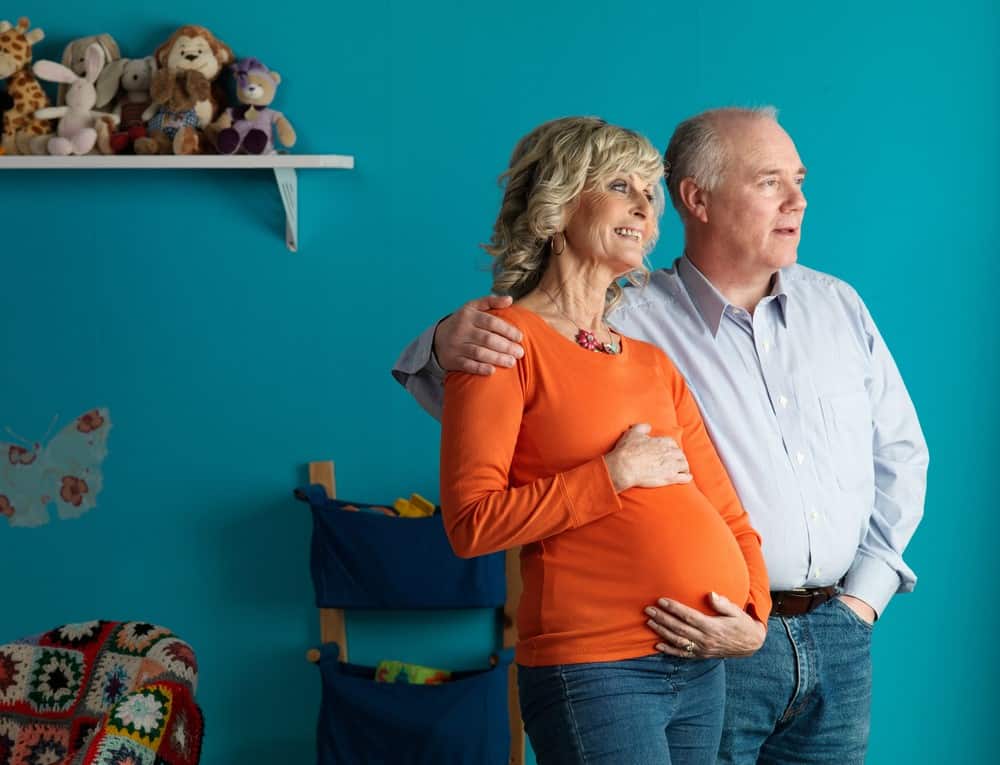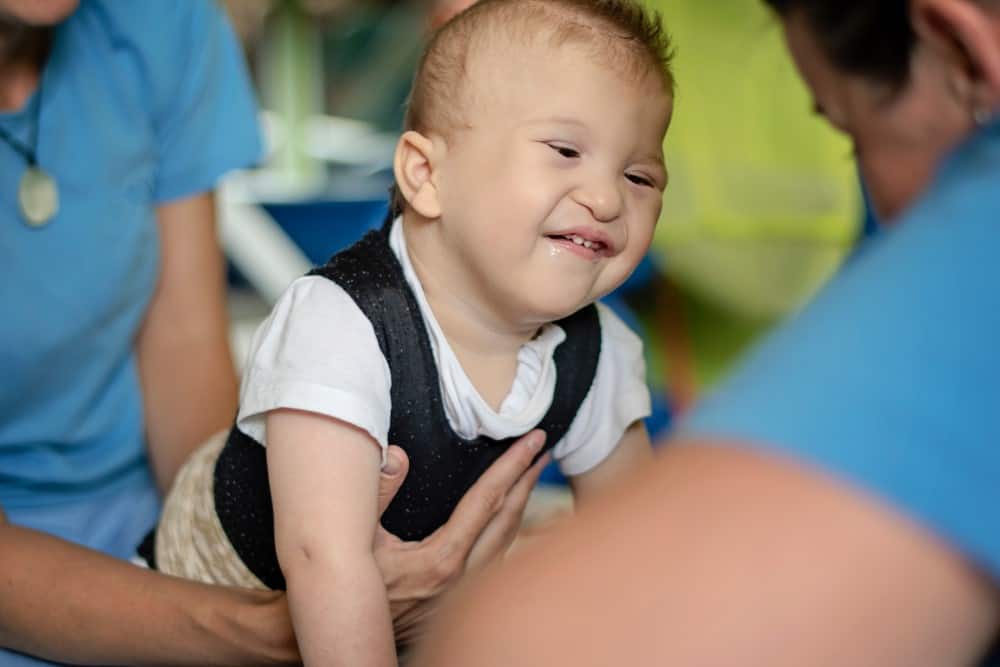Newborns whose delicate brains are damaged before, during, or immediately after birth are most at risk for cerebral palsy. This damage can be caused by a birth injury, premature delivery, prolonged labour, and other factors.
The rate of birth injuries and complications has risen as more women choose to delay childbirth. The number of women over 35 who gave birth for the first time rose 23% from 2000 to 2014. Many women, myself included, chose to put off having children so we could have financial security before we became mothers.

If you’re also an older first-time mom, there are steps you can take to lessen their risk their baby will be affected. Keep reading to learn more about the factors that can lead to CP and what you can do to protect your infant.
Birth Injuries in Older Mothers
Birth injuries are more common in older mothers, but luckily they’re still relatively uncommon. Just under four-million babies are born in the United States each year. Of those, approximately 28,000 will be born with an injury. That is fewer than 1%.
It’s practically impossible to avoid worrying when you’re pregnant, but the good news is your baby will most likely be fine. If you have already delivered your baby and you’re reading this because your baby has been affected, you may want to work with an experienced birth injury attorney.
You may be wondering what, exactly, is a birth injury? It is any type of damage that is done to your baby during the birth process. Some of the most common birth injuries that can cause cerebral palsy include:
- Prolonged labour or delayed birth
- Undiagnosed shoulder dystocia
- Undiagnosed cephalo cranial disproportion
- Premature birth
- Excessive maternal weight gain
- Twins or multiple births
- Maternal infection
- Hypoxic ischemic encephalopathy
The reason the risk of birth injury increases with maternal age is that you are more likely to have problems during labour and delivery. According to Stanford Children’s Health, after age 30, you are more at risk of having a difficult labour. This increases the chance that your baby’s brain can be damaged, which increases your baby’s risk of developing cerebral palsy.
Why Older Mothers Have More Complications

One of the reasons we older mothers can have more complications is the fact that we are more likely to be overweight. Obese and morbidly obese mothers are more likely to have a cesarean delivery. We are also more likely to develop conditions like gestational diabetes and hypertension.
Older mothers can also have less effective contractions. This can lead to more pushing and an extended second stage of labour. We are also more likely to go past term, which increases our chances of being induced. All of these factors increase the chance that our baby will develop cerebral palsy.
What You Can Do to Lower Your Risk
If you’re expecting your first baby in your forties, congratulations. You have already beaten the odds by getting pregnant at all. It’s understandable that you’re worried about cerebral palsy and other problems. The good news is, there are steps you can take now to have a smoother birth. Some of these include:
- Taking prenatal vitamins
- Showing up to all of your obstetrician appointments
- Making sure you’re up to date on your vaccinations
- Maintaining a healthy weight
- Staying active, even if it’s just a daily walk
- Taking childbirth education classes
- Choosing an obstetrician or midwife you trust
If despite your best efforts your child is one of the small percentages who will be diagnosed with cerebral palsy, your medical team will develop a course of treatment that is designed for your baby’s specific needs. Many children who have CP go on to live fulfilling and enriching lives.

